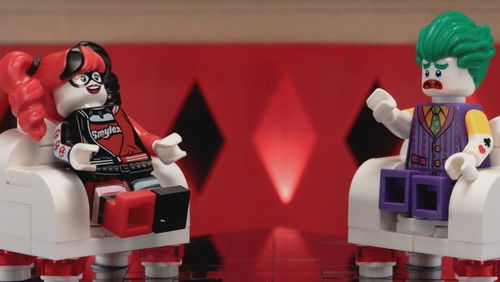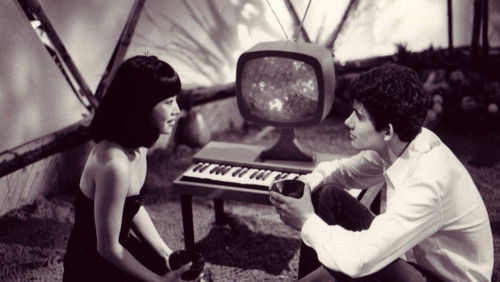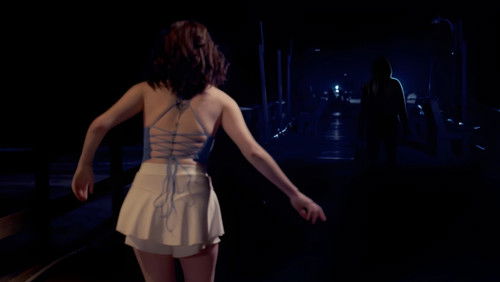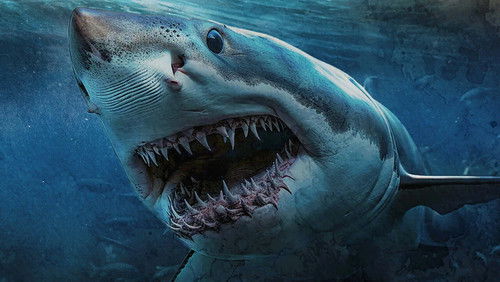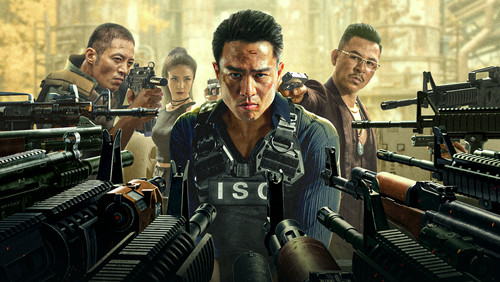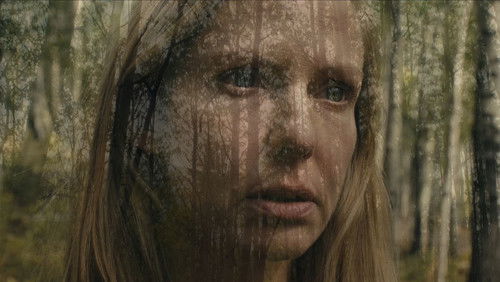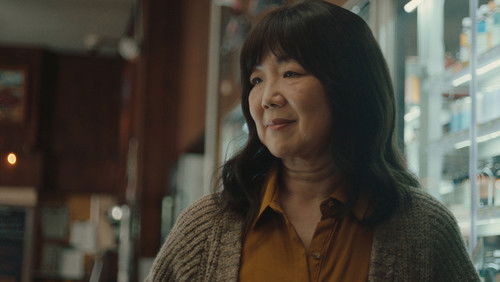Tokyo Olympiad (1965)
19KTokyo Olympiad (1965). 2h 50m | Not Rated
“A true celebration of the poetry of the human body, as athletes attempt to live up to the Olympic motto, u0026quot;Citius, Altius, Fortius,u0026quot; Faster, Higher, Stronger.u003cbr/u003eu003cbr/u003eDirector Kon Ichikawa knew that impressionistic images of the athletes, audience, and even those working at the games held great power, and used cinematic artistry instead of giving viewers a dry accounting of the results for all events. The way he shot this was brilliant. Thereu0026#39;s a medley of long shots, close-ups, unique camera angles, and an attention to little details that are completely irrelevant to the outcome of events, and yet are strangely compelling. He isolates sounds the athletes were making, e.g. Footfalls, shot put landings, the whoosh of an athlete swinging around on the uneven bar, and integrates it with other elements of the soundtrack which gives the documentary an epic feel.u003cbr/u003eu003cbr/u003eHe tells the human story of some of the athletes but even there he uses a light touch, not expounding on all of the details in the packaged, glitzy form you might see in modern games. This feels very much like the things that caught his eye as an observer, spanning the gamut from sublime moments of athletic achievement to silly little rituals or facial expressions. He realizes an athlete from Chad is older than his country, and shows not just his race (where he didnu0026#39;t qualify for the final) but also him quietly eating in isolation from other athletes afterwards. At other moments he focuses on those who have fallen or are struggling to finish, something the epitomized the spirit of the games well.u003cbr/u003eu003cbr/u003eThere are drawbacks to this approach, however. The coverage of the events is uneven to say the least, with some getting less than a minute and others going on for so long that my attention wandered. Because heu0026#39;s presenting this more as art as opposed to journalism, weu0026#39;re not told of some of the more interesting aspects of the games. Some examples: the 1-0 result of the field hockey final between bitter rivals India and Pakistan, the fact that Joe Frazier (initially just a reserve) was boxing with a broken thumb en route to his gold medal, how Ann Packer of England was originally going to take a shopping trip instead of run the 800m, and had only run five 800m domestic races before winning gold, and how gymnast Larisa Latynina of the USSR set the lifetime record for medals (18!) at these games (one which stood until Michael Phelps came along).u003cbr/u003eu003cbr/u003eWe donu0026#39;t hear of how Billy Mills from the United States was an Oglala Lakota Native-American who was a virtual unknown going into the games, making his stunning gold in the 10km race one of the greatest upsets of all time, or how the Olympic torch was lit by a man who was born on the day of the Hiroshima bombing. We also donu0026#39;t see anything at all of the basketball final between undefeated Cold War rivals USA and USSR, but do see quite a bit of coverage for events that Japan medaled in. It canu0026#39;t all be presented given the sheer breadth of the games, and one personu0026#39;s interests are bound to be different from anotheru0026#39;s, but those were some of the things that ended up a little frustrating for me, much as I admired how artistic the documentary was.”

